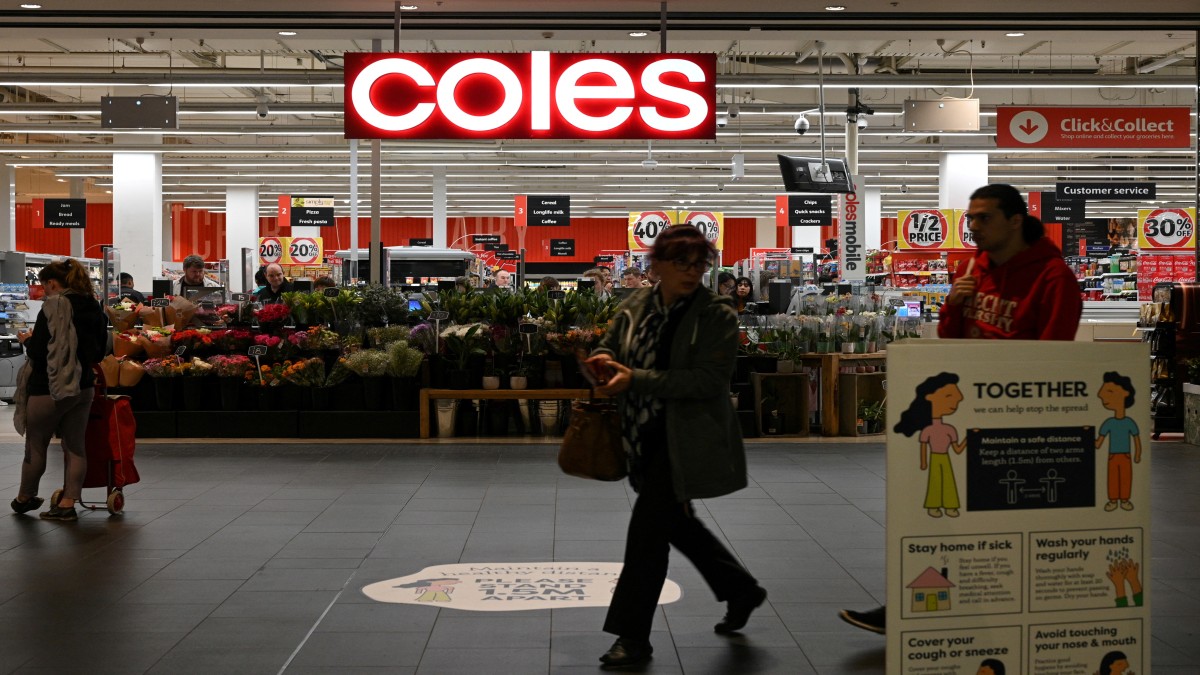Australia’s households are feeling the effects of the economic downturn.
High prices not only hurt our financial situation but also affect us mentally and physically.
According to concerning new data, a total of 14.8 million tonnes of food and non-alcoholic beverages were sold across Australia in 2022–23.
It’s a drop of 1.9 per cent compared to the prior year.
The report also says Australians consume less milk and purchase fewer fruits and vegetables than they did a year ago.
Let’s take a closer look.
Fewer fruits and veggies in the diet
Australia’s vegetable consumption decreased by seven per cent last year over the previous year, according to figures released by the Australian Bureau of Statistics. That is equivalent to 14 grammes less vegetables per person per day.
As per Australia’s dietary norms, one should consume at least five servings (or roughly 600 grammes) of vegetables per day.
However, Australians only bought 186 grammes of vegetables on average per day in 2022–2023, down from 200 grammes the year before.
Fruit consumption decreased by about 12 grammes per day on average, or eight per cent less than before.
“Many of the food that dropped during 2022–23 are part of longer-term trends,” ABS health statistics spokesperson Paul Atyeo said, as per ABC News.
“We’re consuming between five and eight per cent less cow’s milk, bread and fruit juice per person compared to 2018–19. We also went from eating 150 grammes of fruit to 138 grammes a day during 2022–23, while milk products fell from 278 grammes to 267 grammes.”
Impact Shorts
More ShortsSales of other food items rose
Furthermore, many customers are seen rejecting fresh vegetables to stuff their diets with candy and other snacks, a trend that has grown recently.
Between 2018 and 2023, the overall consumption of dairy and meat alternatives grew by 30 per cent. “Similarly, per capita consumption of snack foods grew 10 per cent between 2018–19 and 2022–23, despite the recent annual drop of 3.2 per cent," the report said.
Over the previous five years, sales of chocolate have increased by 10 per cent, potato chips by 16 per cent, and cereals and convenience meals — which include pre-made dishes like sushi, pasta, and pizza — by nine per cent.
Additionally, according to the ABS, the price of chicken items such as nuggets has gone up 2.6 per cent.
The research solely considers purchases made at supermarkets and other stores; purchases made at cafes and restaurants are not included. It also does not include food obtained via home-growing, foraging, hunting or fishing.
Food price inflation is to blame
The report says overall lower estimates of consumption in 2022–23 compared with previous years may be associated with recent food price inflation.
“The recent price increases in food, along with a general increase in all consumer prices, is consistent with a lower volume of food being purchased despite the value of food retail turnover in 2022–23 exceeding previous years.”
Due to households’ shift towards lower-quality, more affordable foods in response to cost-of-living constraints, food insecurity is associated with a higher risk of obesity, poor nutrition, and chronic illness, as per The Conversation.
Dietitian Christina Zorbas of Deakin University claimed that growing costs have made fruit and vegetables a “casualty,” forcing people to choose less healthy options for fresh food.
“Families who are doing it the toughest tell us that they won’t purchase fruit and vegetables because there’s a perception that they are too expensive,” Zorbas said, as per The Guardian.
According to Deakin’s research, supermarket marketing, which includes product placement and price promotions, is highly biased towards less healthful options, which further influences consumer selections.
When inflation reached its highest point in 33 years between August 2022 and February 2023, more than half (53 per cent ) of Australians surveyed said they were having trouble paying for their necessities, as per a Melbourne Institute and Roy Morgan partnership poll quoted by The Conversation.
Big food giants under scanner
The ABS research was issued at a delicate moment since the major food retailers are being investigated by the government and parliament for their pricing policies, particularly concerning fresh produce.
Leah Weckert, the CEO of Coles, and Brad Banducci, the CEO of Woolworths, will appear before a Senate committee on Tuesday, as per The Guardian.
This is part of a period of heightened public scrutiny, not seen since 2008, when it was accused of similar price gouging.
The major supermarkets have continuously defended their product placement and promotional efforts.
Coles stated that rising costs for labour, energy, packaging, and transportation impacted its low-profit margins in its contribution to the Senate investigation. It also said that it is dedicated to assisting consumers in making healthy decisions and works to improve the nutritional content of its own goods.
Woolworths said last year that healthier food options would be positioned on the front and rear of food aisles and that kid-friendly candy would no longer be available at checkouts. It stated that Australians are accustomed to a high degree of supermarket choice and competition and that it is well aware of the strain that inflationary price increases have had on its clients, staff members, and suppliers.
With inputs from agencies


)

)
)
)
)
)
)
)
)



